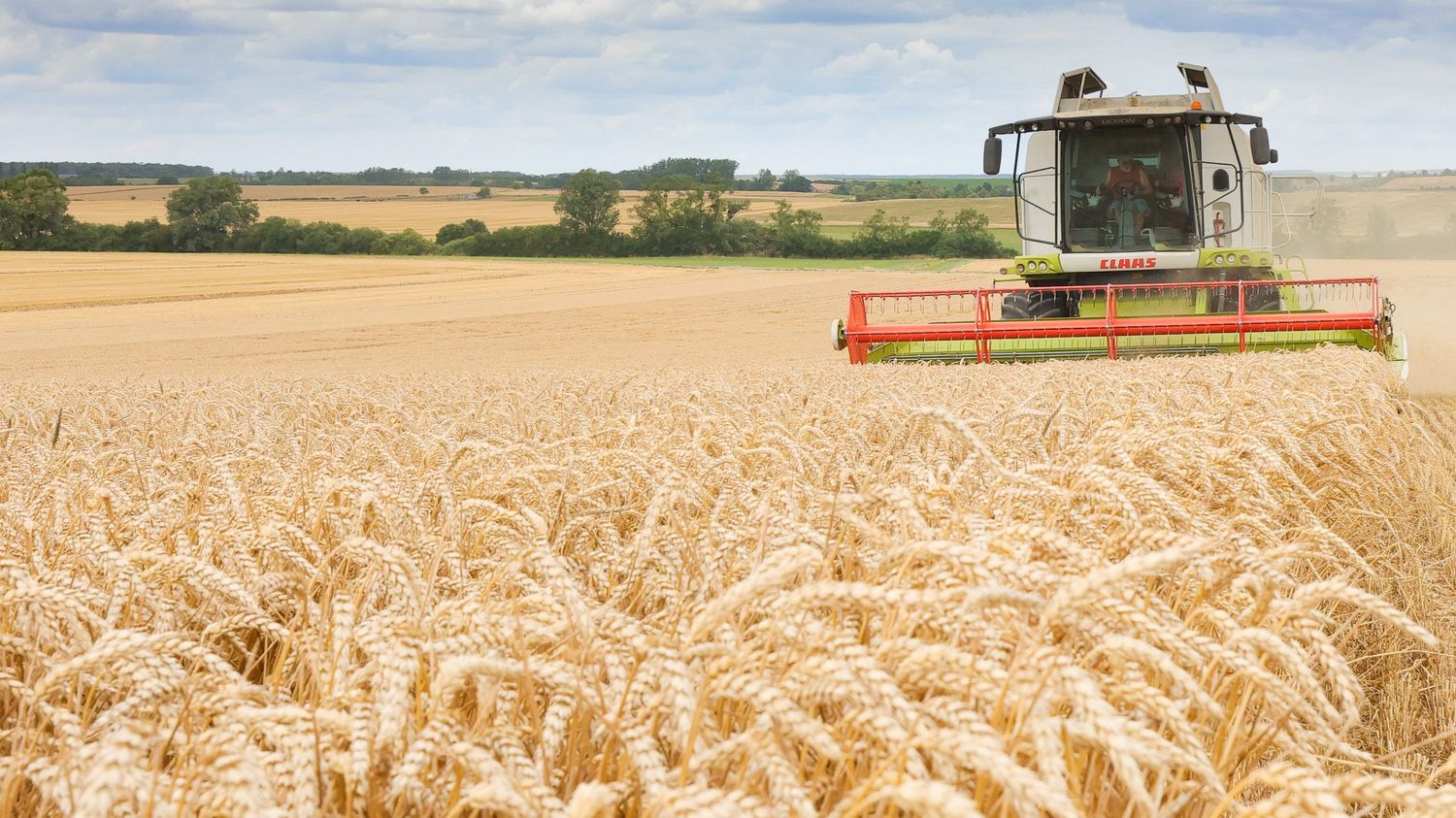To reduce the consequences on our health, the Ministry of Agriculture proposes to reduce the cadmium content in fertilizers, but this reduction remains insufficient, compared to the recommendations of the health authorities.
Published
Reading time :
2 min

It is a carcinogenic metal, present in our soils, in certain fertilizers and ultimately our plates, and little known to the general public: cadmium. France today authorizes the use of fertilizers containing up to 60 mg of cadmium per kilo. This is three times more than what the National Health Safety Agency (ANSES) recommends to avoid further polluting the soil.
In a public consultation, which ends Thursday, November 30, the Ministry of Agriculture is proposing a decree to lower the current ceiling, but it remains above the recommendations of the health authorities. “With this rate, we cannot reduce contamination”says Doctor Jean-Loup Mouysset, oncologist and member of Santé Environnement France, an association of medical professionals which warns of the harmful effects of this metal (English source). “We have already known for more than 30 years that cadmium is known to be toxic to bones, to the kidneys, to the liver. Because it binds to proteins which are present especially in the kidneys and the liver. It will promote bone demineralization.”
“It has a carcinogenic effect on all organs, particularly the pancreas. Finally, it is an endocrine disruptor, which promotes cancers such as prostate and breast.”
Jean-Loup Mouysset, oncologist and member of Santé Environnement Franceat franceinfo
And many of us in France have too much cadmium in our bodies: almost one in two adults and one in five children exceed the thresholds defined by the Health Safety Agency. For comparison, Americans are less contaminated.
Food, an important factor of contamination
Cigarettes are the primary factor in cadmium contamination, but behind that comes what we eat. Pasta, semolina and breakfast cereals in particular pose a problem because they are rich in durum wheat, explains Thibault Sterckemann, specialist in soil pollution at INRAE, the National Institute of Agricultural Research: “All plants have varying capacities for accumulating cadmium and other elements. We know that durum wheat tends to accumulate it, to absorb it a little more than other cereals. Rice also accumulates cadmium well. cadmium.”
Not counting potatoes, carrots, parsnips. It’s hard to escape this carcinogenic metal! Especially since even before the arrival of fertilizers, some of our limestone soils already naturally contain cadmium. The land is also still contaminated today by the waste from the industries of the past, those from the factories of the last century.
“We need to reduce fertilizer inputs, stop putting them in the soil. And even if we stop, we reduce, that’s what will probably happen. There will always be a stock that will continue to grow. be absorbed by plants.”
Thibault Sterckemann, specialist in soil pollution at INRAEat franceinfo
“So while waiting for this reserve to run out, and it will take time, it is better to cultivate plants that accumulate less”, he adds. Research is currently being carried out, particularly on wheat.
